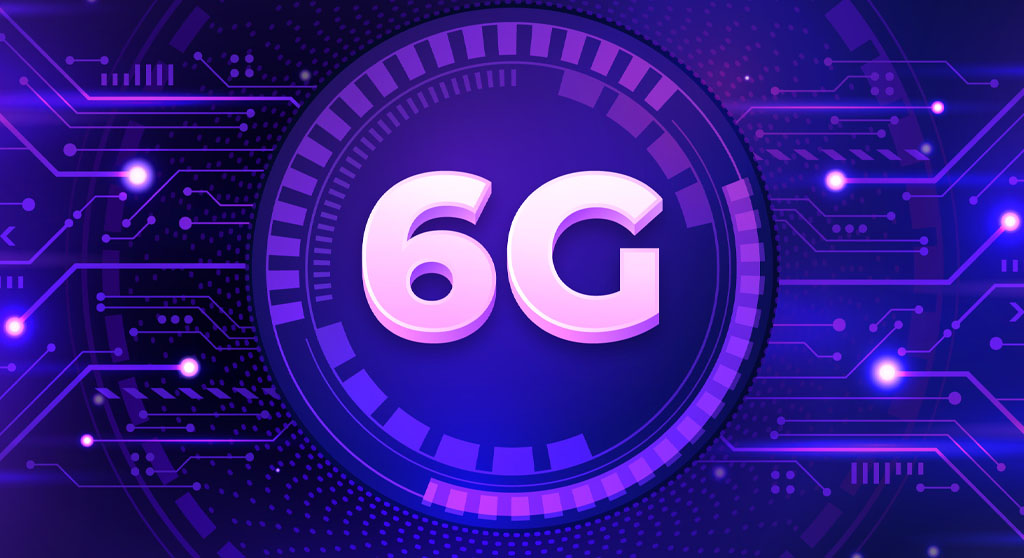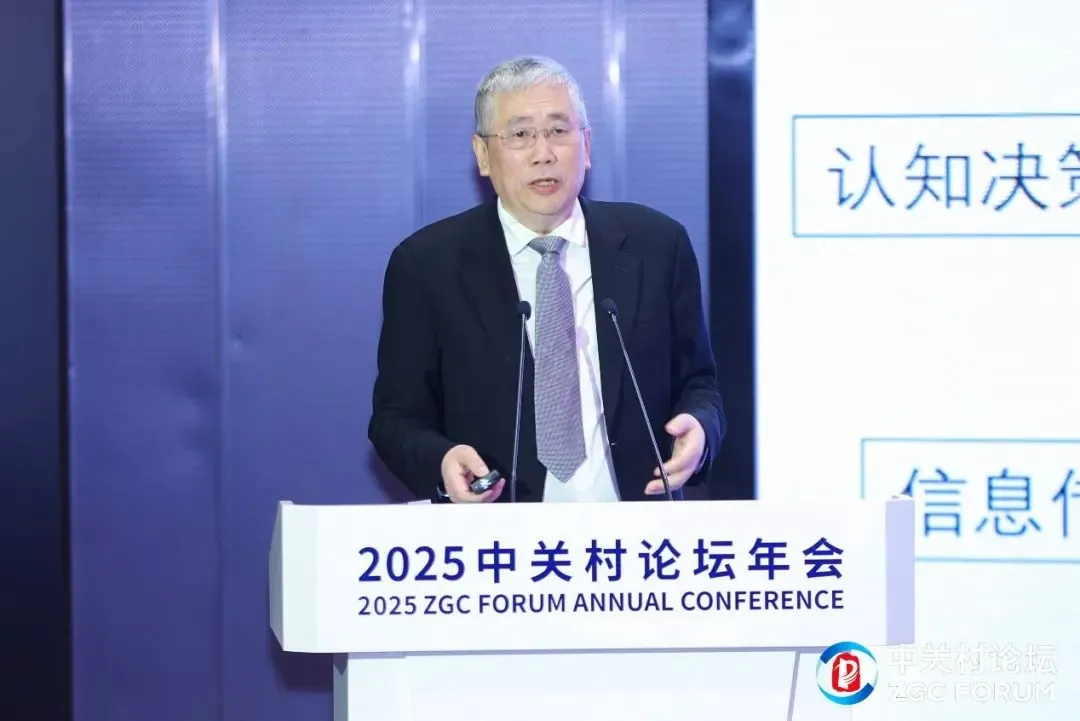The first “6G Technology and Industry Innovation Forum” provided a window into the future of connectivity, with Chinese Academy of Engineering Academician Zhang Ping saying the world’s first commercial 6G networks may debut in 2030. The milestone timeline announcement was made at the prestigious Zhongguancun Forum on March 29, where industry experts gathered to explore emerging technological trends and how 6G will transform our digital infrastructure. Far from coming out of the blue, Zhang explained that 6G would more likely evolve step-by-step from 5.5G (or 5G-Advanced), creating a smooth evolution trajectory for network operators and device manufacturers.
The “New Three” of Information Consumption
By 2030, Zhang Ping envisions an acceleration in what he calls the “new three” of information consumption – intelligent connected vehicles, smart terminals, and high-end robots. The technologies will converge to realize full coverage in major life scenarios concerning people, automobiles, and homes.
This vision suggests that 6G will do more than boost download speeds but will rather enable entirely new categories of devices and services that current networks aren’t in a position to adequately support. The convergence of these three pillars of technology points to a fundamentally different human relationship with the digital realm, with seamless interaction across previously separate domains.
Development Timeline and Backward Compatibility
Zhang indicated that 6G standardization will officially begin in July 2025, followed by an industrialization verification phase from 2028, and then commercial rollout by 2030. The step-by-step move is replicating the telecommunications industry’s orderly development cycle.
Several key aspects of the 6G development roadmap include:
- Full backward compatibility with existing 5G networks
- Current 5.5G installations being used as small-scale 6G trials
- Standardization work beginning July 2025
- Industrial validation from 2028 onwards
- Commercial availability targeted for 2030
Artificial Intelligence Integration
Most significantly, perhaps, Zhang emphasized that “the core breakthrough of 6G is the deep integration of intelligent communications and artificial intelligence, with a focus on enhancing real-time interactive capabilities.” This implies that 6G will not be defined by faster speeds alone but by a fundamentally new mode of network intelligence.
That 6G is part of government work reports indicates its strategic importance beyond communications. As a basic enabling infrastructure for digital transformation of thousands of industries, 6G is positioned to further enhance real-time interaction between digital and physical worlds, realize “silky” response capability for robotics and intelligent manufacturing, and promote broader societal digital transformation through real-time data training and AI model optimization.
Source: ITHome


 Emir Bardakçı
Emir Bardakçı


